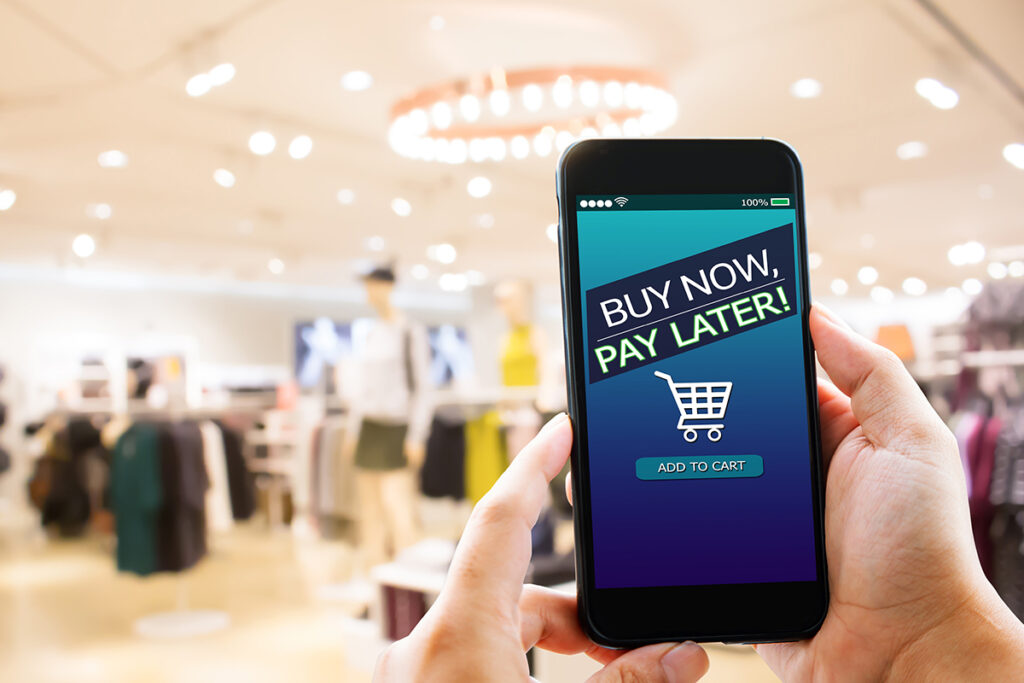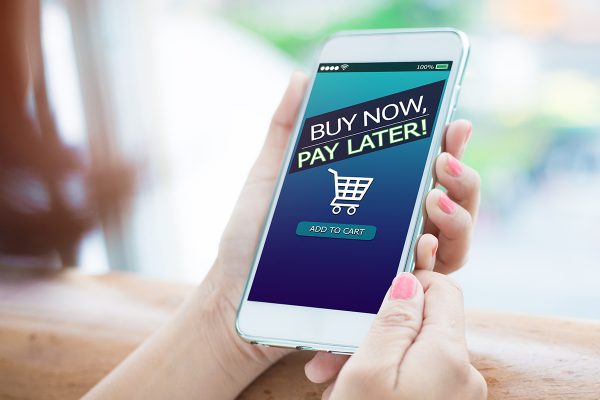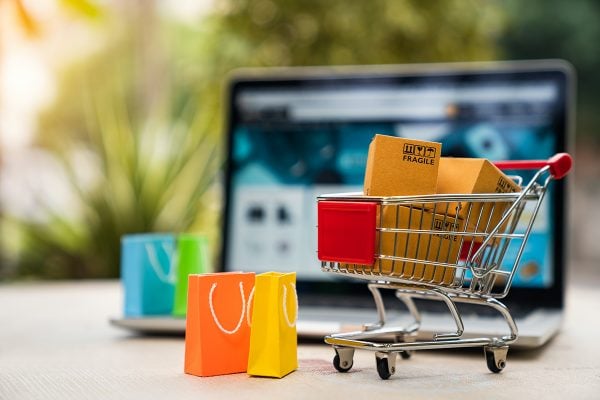Adobe Analytics reported at the Adobe Summit, that rising costs of living have pushed US consumers toward buy now, pay later services that allow them to pay for purchases over time, however they while BNPL is growing, consumers are using it for lower cost purchases, higlighting the squeeze on household incomes.
In 2022, the share of online purchases using BNPL grew by 14% YoY, with revenue from BNPL growing 27% YoY. In the first two months of 2023, BNPL order share was up by 10% YoY, though revenue fell by 19% YoY, indicating that consumers are using this payment method for smaller purchases.
To understand the types of goods that shoppers want to delay payment for, Adobe also looked at BNPL usage across major categories, including groceries, home furnishings, apparel, and electronics. In the first two months of 2023, groceries’ share of BNPL orders grew a staggering 40%, while home furnishings grew by 38%. By contrast, apparel only grew by 8%, and electronics fell by 14%.
Across major categories, Adobe separated goods into four pricing tiers and observed changes from January 2019 through February 2023. The DPI shows that over this time, the cheapest pricing tier grew its share of sales significantly across categories including groceries (up 35.6%), electronics (up 57.1%), apparel (up 36.1%), and home furnishings (up 42.8%). It shows that in an uncertain economic environment, consumers are willing to either forego name brand foods, or to buy a more basic version of an electronics product such as speakers or televisions.
Additional Shopping Insights
Mobile shopping is expected to overtake desktop in 2023
As consumers embrace new categories and ways to make payments online, they’re also doing so on smaller screens. The last holiday season was a turning point for mobile shopping, where the majority of sales (51%) on Cyber Week came through smartphones for the first time. In 2022, smartphones drove 45% of overall online sales, but on the current growth trajectory, Adobe expects that every month will see smartphones drive the majority (over 50%) of online sales by December 2023.
Smaller retailers struggle on mobile
Larger retailers (over $1 billion in annual sales) are seeing more success with mobile shopping, driving 38% more visits that result in purchases compared with smaller retailers (between $10 million to $50 million in annual sales). The share of revenue from sales through smartphones is also 8.6% lower for smaller retailers — an opportunity for these brands to connect with customers on smaller screens.
Demand slumps for curbside pickup
In 2021, 23% of online orders used the curbside pickup option (for retailers who offered the service). This fell to 19% in 2022, and it fell further to 17% in the first two months of 2023. Consumers tend to use the service more for groceries, which saw its share of curbside pickup orders grow 8% YoY in early 2023, compared to a category like electronics, which grew by only 2% in the same period. Once considered a safety necessity during the COVID-19 pandemic, curbside pickup is struggling to provide lasting value to consumers. This presents an opportunity for retailers — shoppers who use curbside pickup rather than shipping to their homes may buy additional items once they’re at the store.






